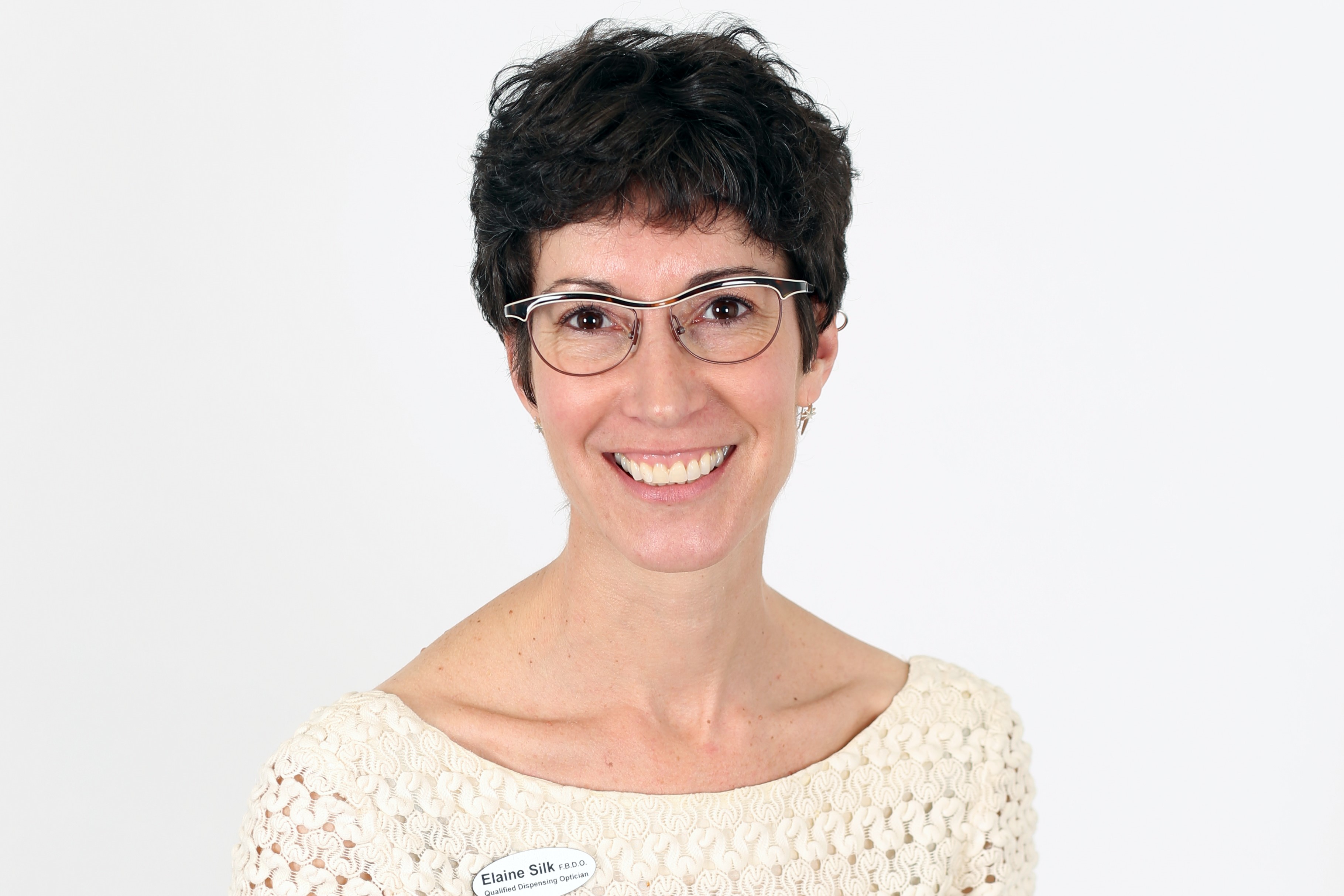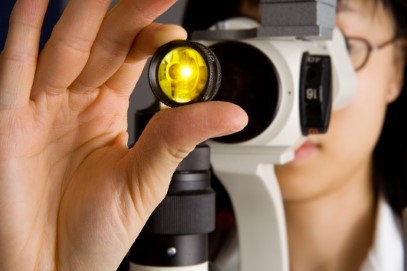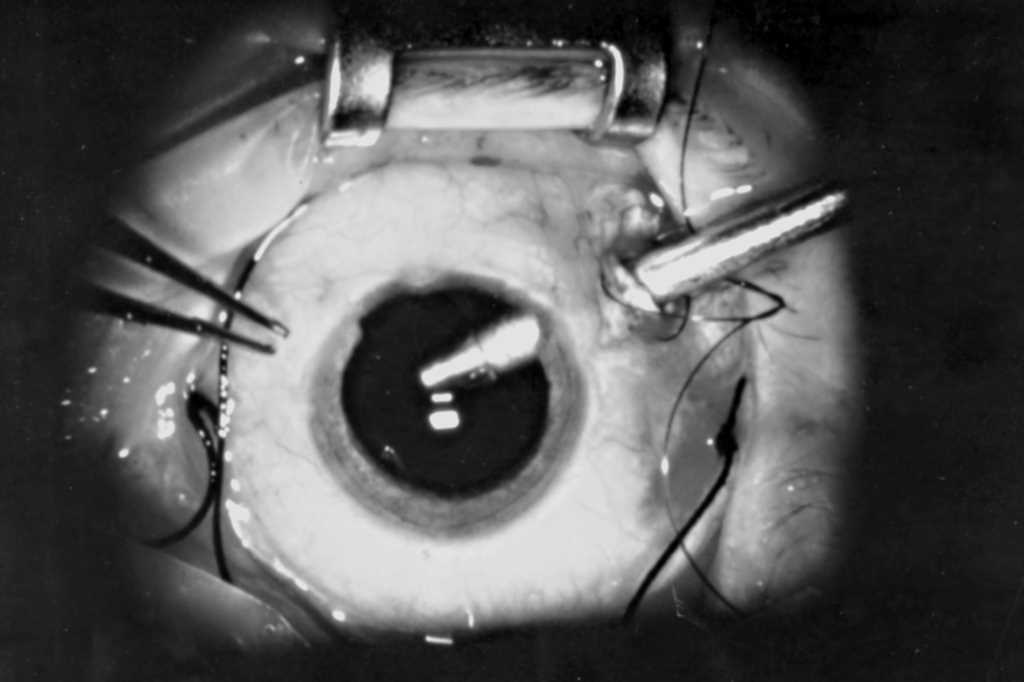Small change changes
"Remember always that the recollection of quality remains long after the price is forgotten."
Harry Gordon Selfridge
One near-universal law of psychology is habituation; we stop noticing objects we see or hear repeatedly. We often overlook things, usually because they don't matter to us too much. But there can be costs…
You're visiting a new dentist, the staff seem pleasant and professional, all is progressing well until a pair of safety specs are popped on to protect your eyes. As the specs loom closer, all you can focus on are the smudged lenses and dandruff covering the frame. Suddenly, you're questioning the hygiene of the equipment that's rooting around your mouth. Suffice to say, I never returned to that dentist, and never recommended the clinic to anyone else!
So, what do we see if we turn to focus on our field? Optometry is a thriving, progressive industry. Or at least, that's how we feel about it. But visiting many practices feels like taking a step back in time. While the eye care field is rife with innovation and cutting-edge technology, that's not always what patients perceive whilst sitting on worn furniture and being asked to choose "one or two" from behind a phoropter that could have been taken from the pages of a steampunk novel!
Leaving a lasting impression with patients and customers is a must for any successful optometry practice. Patient care and modern customer experience can help inspire practice owners to make the jump from old, outdated clinics into the brand-savvy, high-tech, patient-oriented world. As the field of optometry continues to further its clinical scope and abilities, the environments in which these skills are practised should reflect this.
The average patient brings in about $350 per visit, so for every $700 you invest in improvements, you need to gain at least two new patients. It's hard to quantify how many more referrals people make or how much more they spend because they like the environment, but there are certain elements that patients mention over and over.
Tips for titivating on a tight budget…
General maintenance: Paint, repairs and landscaping are relatively inexpensive if you use your own muscle. It doesn't cost much to fix maintenance issues, such as marked paintwork or chipped stucco. These repairs are usually a few hundred dollars. Landscaping is another big impact, long lasting investment that you can approach in affordable steps over time. If you have a vibrant, upscale practice, be sure you also have a vibrant, upscale frontage.
Once you've spruced up the exterior, it's time to take your critical eye inside. What needs a little tidying up? Think smart changes, not pricey ones.
Upholstery - Tired and worn chairs, including the exam chair, can be transformed by a skilled upholsterer for under $1000.
Plants - Plants are an inexpensive way to freshen up your office environment, and you don't have to have a green thumb. Just go to a nursery, ask what plants aren't easily killed and put a few of them in attractive containers.
Music - You can install a wireless speaker system for about $400. A One Music licence costs around $437 per annum.
Paint - Paint is the classic quick fix and can instantly modernise the look of your practice, inside and outside.
Cleanliness - Have you considered hiring a cleaning service to come in to give the practice a really good deep clean (skirtings, top of door frames, etc.) on a regular basis?
Scent - Don't leave the fragrance that greets your patients up to chance! Carpets, soft-furnishings and air conditioning units all need regular cleaning to ensure the practice smells fresh. Steam clean carpet and seating at least once a year and service your air-con system biannually. Consider a commercial fragrance diffuser that integrates with your ducted air-con system.
Amenities - The patients' bathroom is one of the most important rooms in the practice. For people to spend time and money, they need to be comfortable. Improve your public amenity with a fresh coat of paint, pictures, luxury soap and check cleanliness several times a day.
Magazines - Match reading material to your clientele. Look at what's getting the most attention, ditch the unread, and ensure that popular titles are updated regularly.
Cables -Tidy up electrical power cables and conceal crammed multi-plugs. Hiding them away in conduit or trunking instantly improves the appearance of your examination and pre-test rooms.
Brighten Up - Even the most budget-conscious practice owner can improve eyewear sales and client satisfaction with small adjustments in lighting. Focus on good colour rendition and use targeted light to highlight frames, balanced by indirect lighting close to mirrors to flatter skin tones.
All of the above factors can help make your practice an inviting environment. People are buying a sensory experience; your practice needs to look, feel, sound, and smell good.
Remember, it's free to benchmark. Think about what everybody else is doing. Don't compare yourself to other optometry practices though, your patients don't. They compare you to every retail establishment they visit. Take your inspiration from high-end retailers, spas and restaurants. Don’t forget you're being compared to the establishments your patients frequent all the time!
Useful links
Retail design inspiration: www.dezeen.com and www.unibox.co.uk
Exam room ideas: www.healthdesign.org
Cable management: D-Line range available from Bunnings
HIVAC diffusers Air Aroma: www.air-aroma.com/scenting/medical
Lighting: www.darkartsstudio.co.nz
Music: www.onemusicnz.com
Elaine Silk is a freelance designer and locum dispensing optician. She combines these skills to create practice designs that are visually engaging and clinically efficient. Her experience on the practice floor enables her to understand the individual needs practice owners and create designs to reflect this. Contact Elaine at elaine@elainesilk.co.nz or on 027 510 8265.



























